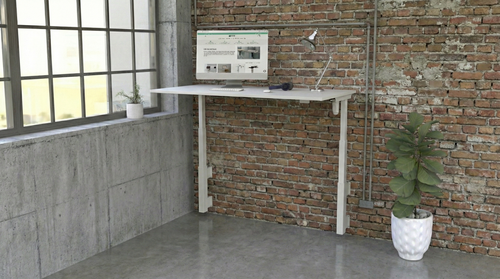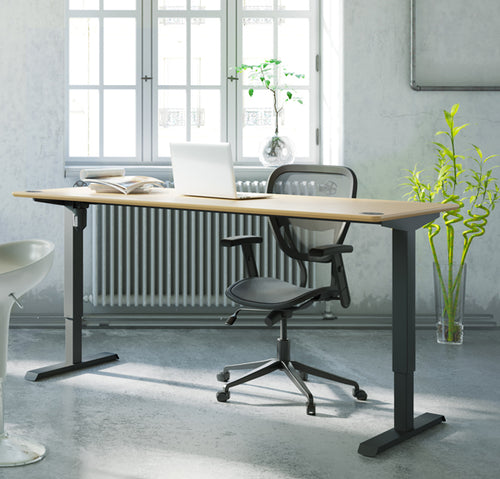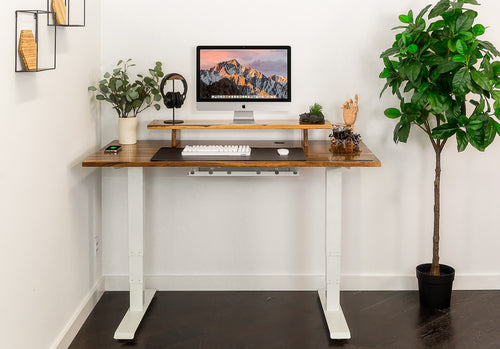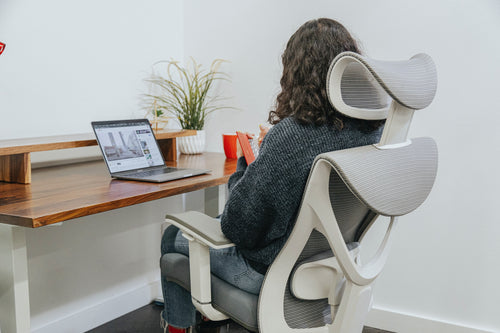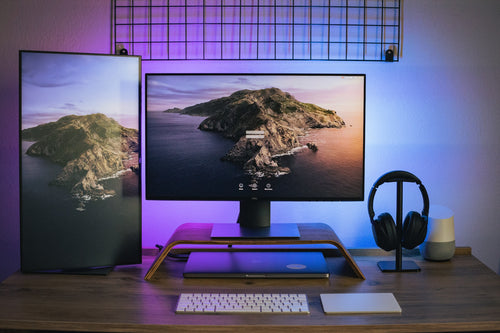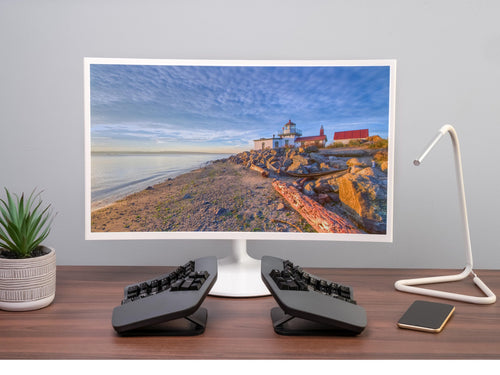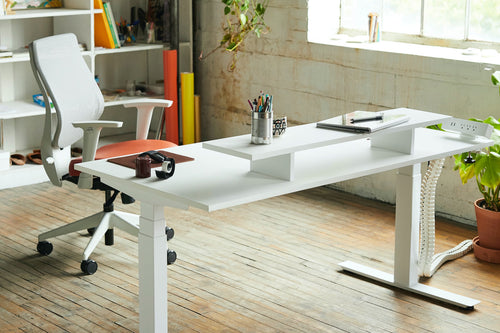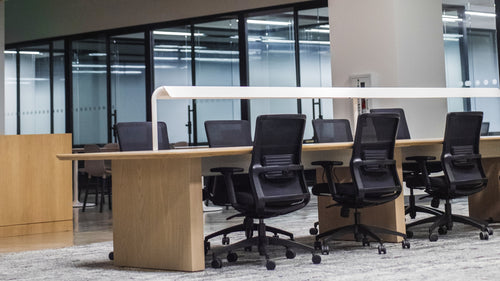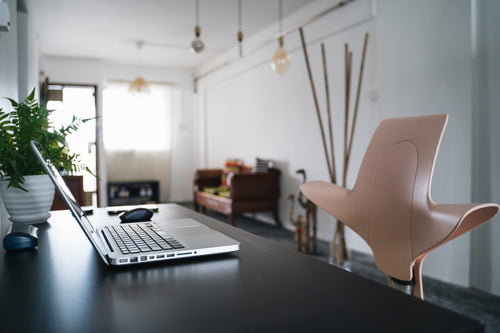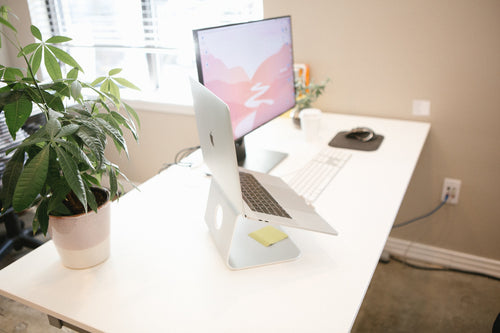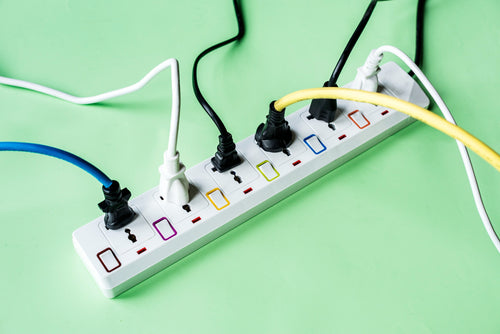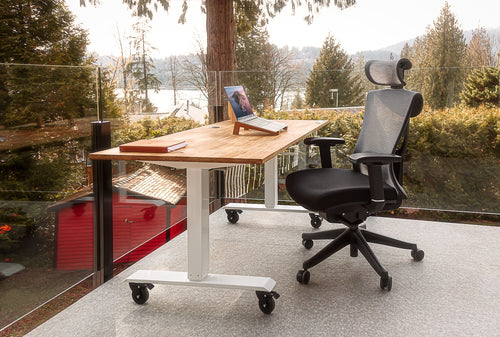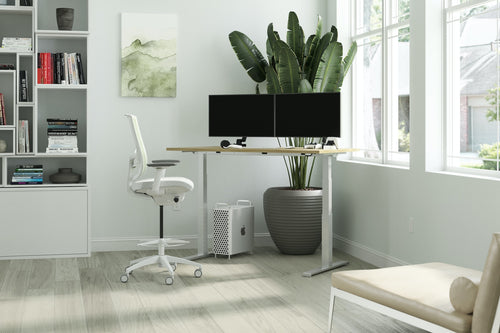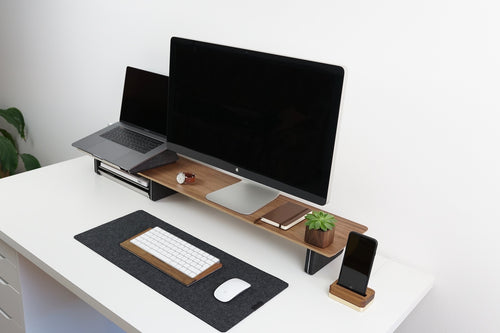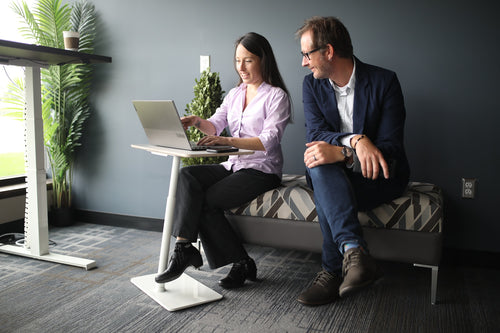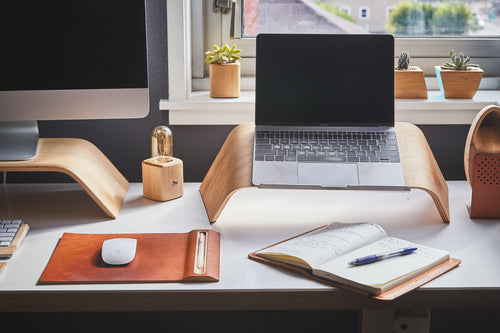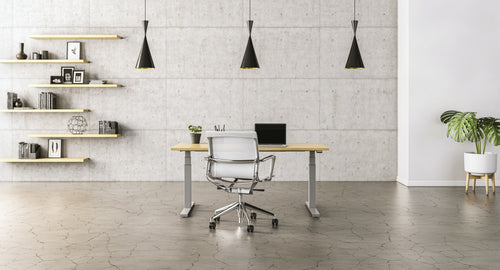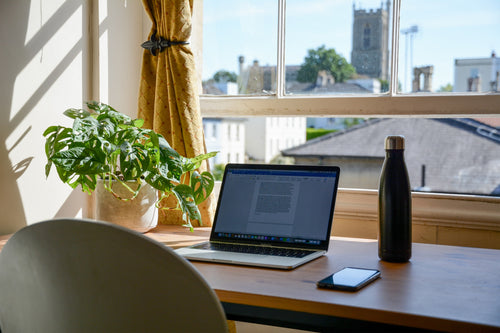Do you often feel tired, sore, or stressed at work? Do you struggle to focus, perform, or enjoy your tasks? If you answered yes to any of these questions, you might be working in a suboptimal workspace.
A poor working environment does not support your health, mind and emotions. It may result in a variety of health conditions, such as muscle disorders, eye strain, headaches, fatigue and low mood. Productivity, creativity and satisfaction in the workplace may also be affected.
Fortunately, you can improve your workspace by applying some ergonomic principles. Ergonomics is the science of designing and arranging things to fit the people who use them. It aims to make work more comfortable, efficient, and safe.
Here are seven signs that you’re working in a suboptimal workspace and how to fix them with ergonomics.
1. You have poor posture
One of the most common signs of a suboptimal workspace is poor posture. Poor posture can result from sitting or standing in an awkward or unnatural position for prolonged periods. It can also be caused by using furniture or equipment that needs to be adjusted to your height, weight, or preferences.
Poor posture can lead to various problems, such as:
- Back pain
- Neck pain
- Shoulder pain
- Wrist pain
- Spinal misalignment
- Reduced blood circulation
- Decreased lung capacity
- Increased stress
To fix this problem, you need to adopt a neutral posture that allows your spine to maintain its natural curves. A neutral posture can help you:
- Reduce muscle tension and pressure on your joints
- Improve your breathing and oxygen intake
- Enhance your concentration and alertness
- Prevent fatigue and injury
To achieve a neutral posture, you should:
- Adjust your chair height so that your feet are flat on the floor and your knees are slightly lower than your hips
- Support your lower back with a lumbar cushion or a rolled-up towel
- Keep your head aligned with your spine and avoid tilting or twisting it
- Position your monitor at eye level and an arm’s length away from you
- Place your keyboard and mouse close to each other and within easy reach
- Use a headset or speakerphone instead of holding the phone between your ear and shoulder
- Take frequent breaks to stretch and change positions
2. You have insufficient lighting
Another sign of a suboptimal workspace is insufficient lighting. Insufficient lighting can result from having too little or too much light in your work area. Glare or reflections on your screen or other surfaces can also cause it.
Insufficient lighting can cause various problems, such as:
- Eye strain
- Headaches
- Blurred vision
- Dry eyes
- Reduced visual acuity
- Increased errors and accidents
To fix this problem, you need to optimise the lighting in your workspace. Optimal lighting can help you:
- Improve your visual comfort and clarity
- Reduce eye fatigue and irritation
- Enhance your mood and energy levels
- Prevent eye strain-related disorders
To optimise the lighting in your workspace, you should:
- Use natural light as much as possible and avoid direct sunlight on your screen or eyes
- Adjust the brightness and contrast of your monitor to match the ambient light level
- Use task lighting for specific activities that require more illumination
- Avoid placing light sources behind or above you that create glare or shadows on your screen or work surface
- Use blinds, curtains, or filters to control the amount of light entering your window
- Wear anti-glare glasses or lenses if needed
3. You have excessive noise
A third sign of a suboptimal workspace is excessive noise. Excessive noise can result from having too many or too loud sources of sound in your work environment. It can also be caused by having poor acoustics or insulation in your workspace.
Excessive noise can cause various problems, such as:
- Hearing loss
- Tinnitus (ringing in the ears)
- Stress
- Anxiety
- Irritability
- Distraction
- Reduced concentration and memory
- Impaired communication and collaboration
To fix this problem, you need to minimise the noise in your workspace. Minimising noise can help you:
- Protect your hearing and prevent hearing-related disorders
- Reduce stress and improve well-being
- Increase focus and productivity
- Enhance communication and teamwork
To minimise the noise in your workspace, you should:
- Use earplugs or headphones to block out unwanted sounds
- Turn off or lower the volume of devices that produce noise, such as phones, radios, printers, etc.
- Move away from noisy areas or request a quieter location if possible
- Use sound-absorbing materials, such as carpets, curtains, plants, etc., to reduce noise transmission and reflection
- Speak softly and politely and ask others to do the same
4. You have limited space
A fourth sign of a suboptimal workspace is limited space. Limited space can result from having too many or too large items in your work area. It can also be caused by having a poor layout or organisation of your workspace.
Limited space can cause various problems, such as:
- Clutter
- Disorganisation
- Inefficiency
- Frustration
- Confusion
- Risk of injury
To fix this problem, you need to maximise the space in your workspace. Maximising space can help you:
- Create a clean and orderly work environment
- Improve your workflow and performance
- Enhance your comfort and satisfaction
- Prevent accidents and injuries
To maximise the space in your workspace, you should:
- Remove or store items that you don’t need or use frequently
- Use vertical space, such as shelves, cabinets, or hooks, to store items
- Use multifunctional or adjustable furniture or equipment that can save space
- Arrange your furniture and equipment in a way that allows easy access and movement
- Keep your cords and cables neatly organised and out of the way
5. You have inadequate ventilation
A fifth sign of a suboptimal workspace is inadequate ventilation. Inadequate ventilation can result from having too little or too poor quality of air in your work environment. It can also be caused by having pollutants or allergens in your workspace.
Inadequate ventilation can cause various problems, such as:
- Respiratory infections
- Allergic reactions
- Asthma attacks
- Headaches
- Drowsiness
- Nausea
- Reduced cognitive function
To fix this problem, you need to improve the ventilation in your workspace. Improving ventilation can help you:
- Prevent airborne diseases and allergies
- Enhance your immune system and overall health
- Boost your alertness and mental performance
- Improve your mood and well-being
To improve the ventilation in your workspace, you should:
- Open windows or doors to allow fresh air to circulate
- Use fans or air conditioners to regulate the temperature and humidity levels
- Use air purifiers or filters to remove dust, smoke, pollen, etc., from the air
- Use plants or aromatherapy to add natural fragrance and oxygen to the air
- Avoid smoking or using strong chemicals or perfumes in your workspace
6. You have insufficient personalization
A sixth sign of a suboptimal workspace is insufficient personalization. Insufficient personalization can result from having too little or no control over the design and decoration of your work area. It can also be caused by having a bland workspace.
Insufficient personalization can cause various problems, such as:
- Lack of motivation
- Low morale
- Low self-esteem
- Low creativity
- Low engagement
To fix this problem, you need to personalise your workspace. Personalising your workspace can help you:
- Express your personality and preferences
- Increase your sense of ownership and belonging
- Enhance your mood and happiness
- Stimulate your imagination and innovation
- Inspire your passion and enthusiasm
To personalise your workspace, you should:
- Add some colour and texture to your walls, furniture, or accessories
- Display some photos, artwork, or souvenirs that reflect your interests or achievements
- Use some motivational quotes, posters, or stickers that inspire you or make you smile
- Play some music, podcasts, or audiobooks that suit your taste or mood
- Bring some snacks, drinks, or treats that you enjoy or crave
7. You have poor ergonomics awareness
A seventh sign of a suboptimal workspace is poor ergonomics awareness. Poor ergonomics awareness can result from having too little or no knowledge or training on ergonomics principles and practices. It can also be caused by a lack of support or feedback from your employer or colleagues.
Poor ergonomics awareness can cause various problems, such as:
- Ignorance of potential risks and hazards in your workspace
- Resistance to change or improvement in your workspace
- Inconsistency or negligence in applying ergonomics guidelines and recommendations
- Missed opportunities for learning and growth in ergonomics skills and knowledge
To fix this problem, you need to increase your ergonomics awareness. Increasing your ergonomics awareness can help you:
- Identify and address ergonomic issues in your workspace before they become serious problems
- Adopt ergonomic habits and behaviours that benefit your health and performance
- Seek ergonomic advice and assistance from experts or peers when needed
- Share ergonomic tips and best practices with others who may benefit from them
To increase your ergonomics awareness, you should:
- Attend training and access resources on ergonomics. Training can help you learn the benefits and principles of ergonomics, as well as the best practices and techniques to apply them in your work. In addition to the guidelines, manuals, posters, videos, webinars and newsletters which can provide advice about improving ergonomics, these resources may be supplemented by further information.
- Participate in changes and solutions that can improve the ergonomic conditions of your workplace.
- Provide feedback and input on the effectiveness and impact of your ergonomic interventions.
Working in a suboptimal workspace can have negative consequences for your health, performance, and happiness. However, you can improve your workspace by following some ergonomic guidelines. By adjusting your posture, lighting, noise, space, ventilation, personalization, and awareness, you can create a more optimal workspace that suits your needs and preferences.
A more optimal workspace can help you feel more comfortable, energised, and motivated at work. It can also boost your productivity, creativity, and satisfaction. Ergonomics is not only good for you but also for your employer and your customers. Therefore, it is worth investing some time and effort to make your workspace more optimal.



